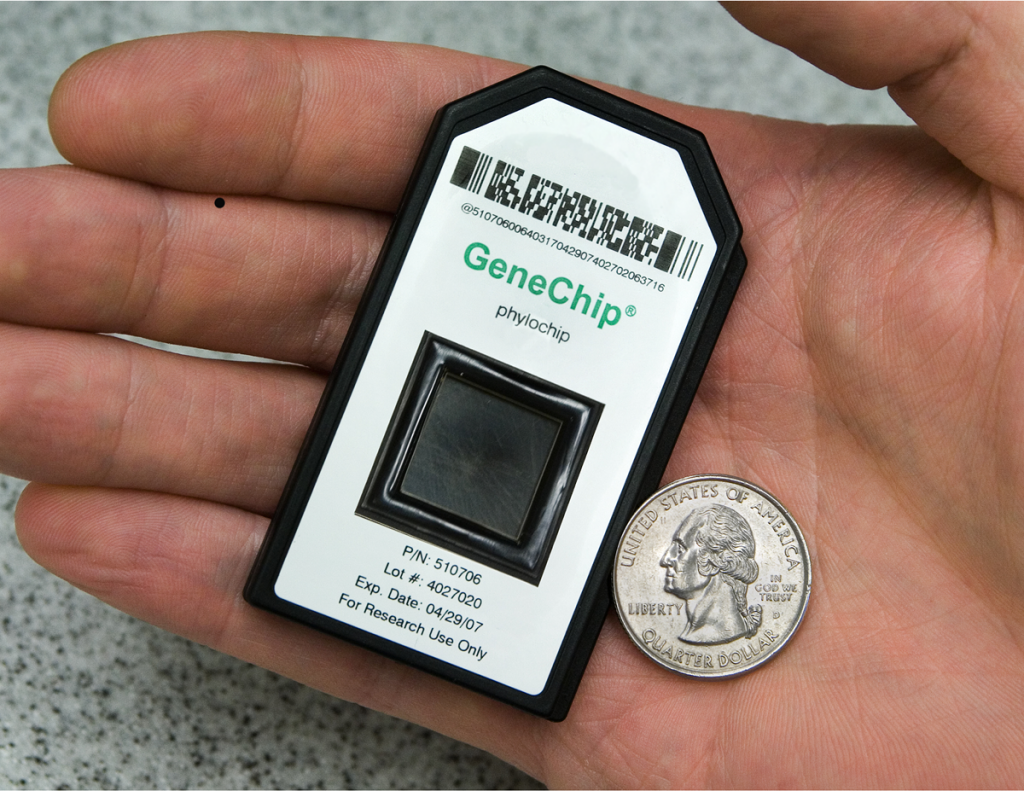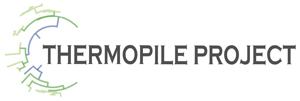Phylochip Research

The Berkeley PhyloChip
The PhyloChip, developed by Dr. Gary Andersen at Lawrence Berkeley National Laboratory, is capable of identifying over 60,000 taxa of bacteria and archaea in a single test based on the 16S gene. The PhyloChip has already been applied in numerous other applications ranging from the Gulf Oil Spill to the NASA/JPL Planetary Protection Program and the NIH Human Microbiome Project. It is the main tool used in the Thermopile and DNA Everywhere projects to determine the nature and dynamics of complex microbial communities in a way never before possible.
PhyloChip Projects
Student Papers
These two articles highlight the PhyloChip technology and its worldwide recognition- PhyloChip 2008 WSJ Award Article, PhyloChip R&D 100 Submission
This presentation was given by Gary Andersen summarizing the capabilities of the PhyloChip and its applications.
This presentation was given by Eric Dubinsky of Lawrence Berkeley National Lab on the previous applications, projects and results of PhyloChip analysis.

